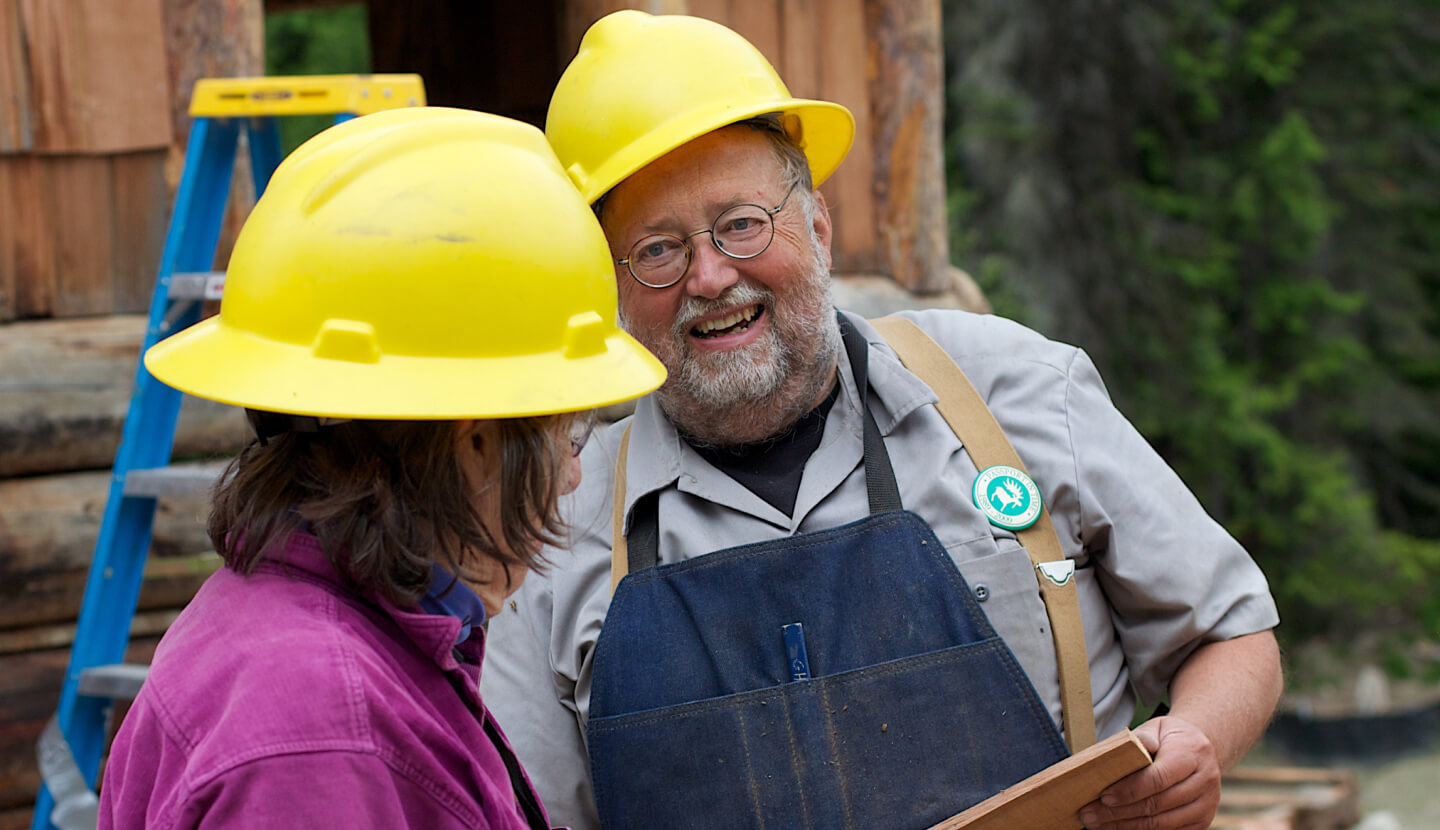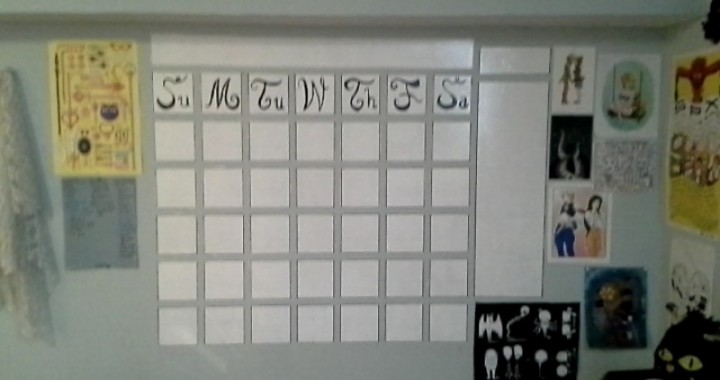
drywall
-

How to Remove Drywall Anchors: Quick and Easy Tips for DIY Home Repair
For as much as we all use them, you might think everyone knows how to…
-

How Many Screws Per Sheet of Drywall: A Quick Guide for DIYers
Hanging drywall is a key step in many home improvement projects. But how many screws…
-

Plaster Vs Drywall: Dissecting the Differences – Key Factors for Wall Construction
With Chicago’s diversity extending even to its walls knowing the difference between Plaster vs Drywall…
-

A New Twist On An Old Calendar
Some people need more reminders than others to stay on schedule. Sure there are phone notifications…






